Best Practices Articles

Right Measures: How Companies of Any Size Can Track Partner Success
For many years, the success of partner programs was mainly judged by how many leads they brought in and how much money they made directly. While these numbers are essential for sales, they don't show how alliances help a company. This limited view creates significant problems, primarily as companies now work with many different kinds of collaborators – like tech companies, other businesses, or people who just send referrals. Each type of collaborator adds value in its way. Chris Messina says, "the metric problem exists on both ends of the spectrum, but in different ways". Whether you're a small company just starting with partners or a massive company with thousands of them, you need to measure more than just leads and money. This article will examine how measuring partnership performance differs for big and small companies. It will also show how companies can measure alliances more innovatively, ensuring every partner's unique help is seen. The goal is to move from a simple, often not good enough, way of measuring to one that fits a company's goals. This will help companies get the most out of their partner programs. Understanding these different needs is not just about better reports; it's about spending money smarter and building stronger, lasting relationships with partners that help the business in all areas.
🎥 Watch the Full Video Podcast
Big Companies: Finding the Value in Many Partners
For big companies, dealing with many partnerships creates a special measuring problem. These companies spend "billions and billions of dollars into their ecosystems," but often don't know what most of their collaborators are doing. Chris Messina gives clear examples: one company with 5,000 partners only knows what 50 are doing. Google has 100,000 partners in its ecosystem, but only truly understands 5,000 to 10,000. So, big companies can't easily show the value of most of their partners. Also, members in these big networks want to be valued for more than just sending leads. They help keep customers, make new products, and strengthen the company's name. However, these types of help often don't get noticed, which makes it hard for partners to get attention and money. To fix this, big companies need to measure partners differently. They need to see how collaboration affect their company goals (KPIs). This allows them to manage their alliances programs better by grouping alliances by what they do, instead of treating them all the same. This detailed understanding helps big companies use their money wisely and build better relationships across all their alliances.
Small Companies: Proving Your Worth with Little Money
Conversely, smaller or bigger companies starting collaboration programs have different measuring problems. For them, it's about getting noticed by bigger players and proving their value when they don't have many resources. Here, the numbers a smaller company can show are key proof of how they help bigger companies or their leaders. Showing real value is necessary to get new allies, internal support, and justify spending on the program. Chris Messina talks about the frustration of partner leaders often being asked, "What the hell are you doing all day?". And then frequently hearing, "Where are my leads?". These professionals often feel their work isn't believed without a straightforward way to show what they do.
A good way to measure for these companies means letting them "show my work" clearly and continuously. This means tracking not just leads, but every action and interaction that helps the company. By clearly showing what is being done, why it's being done, and what they expect back, smaller collaboration teams can make a strong case for more attention and money. This changes the story from explaining why they exist to clearly showing how they add value step by step. While big companies focus on improving large, complex networks, smaller companies must focus on proving their basic worth and showing a clear path to impact. The main idea is still the same: measures should match the company's specific goals, helping them use their limited money wisely to grow and build trust in the collaboration world.

Smart Measuring: Focus on Your Company's Goals
To measure partnership performance well, any company, no matter its size, must stop using general numbers and focus on its specific goals (KPIs). Chris Messina says, "the metrics that you need to pay attention to aren't necessarily a specific metric. It's what metrics I care about in my organization? What are my KPIs?". This basic understanding is fundamental. Instead of trying to force alliances work into old report styles that don't fit, companies should focus on how partners affect their current key goals. These goals can be about keeping customers, growing customers, new money, customer happiness scores (NPS), and even new ideas. The goal is to understand the "exchange of values that come in between these companies" and how these help the company's main plans, directly or indirectly.
Messina uses a fitness example to explain this: to look strong, you take small steps like healthy eating and exercise, not just the final look. For partnership programs, this means tracking how alliance actions affect those main company goals. If a company's primary goals are strong, money will come in. So, the important thing is "how do they impact the things that I care about? How do they impact my KPIs?". This way of measuring is flexible but also strong. It can handle all the different ways different types of alliances help. For example, a tech partner might help more with new ideas or customer happiness than with direct sales. A referral partner might help more with brand awareness than with leads. By directly linking what collaborators do to a company's specific goals, businesses can create a strong and valuable way to measure. This system truly shows the critical value partners add to the industry. This helps spend money smartly and builds stronger, more connected relationships with alliances, leading to success for everyone.

Conclusion
Moving past just using leads and direct money to measure partner success is not just an option; it's a must for all businesses. Today's partner programs are complex, and a more innovative way to measure them is needed. They need a way to see all the ways alliances help a company succeed. Whether it's a big company with many partners or a new company starting small, the main problem is showing the full value that partners bring to internal leaders and other partners. Chris Messina's ideas show us the way forward. He stresses matching partner measures with a company's key goals (KPIs). This KPI-focused view helps companies track the small steps that lead to big goals, instead of just focusing on the final results. Using this custom approach, businesses can avoid arguments about who gets credit. Instead, they can create a place where partner efforts are seen and rewarded. This new way of measuring helps spend money better and gets more back from partner investments. It also raises the standing of partner teams within the company, showing them as key drivers of growth and new ideas. The future of a successful business depends on measuring every part of the alliances program correctly. This ensures that "what you measure is what you get" means more business success.
Best Practices Guidebook
 Modernizing Channel Marketing: AI and Ecosystem Enablement Best Practices
Modernizing Channel Marketing: AI and Ecosystem Enablement Best PracticesDownload for FREE
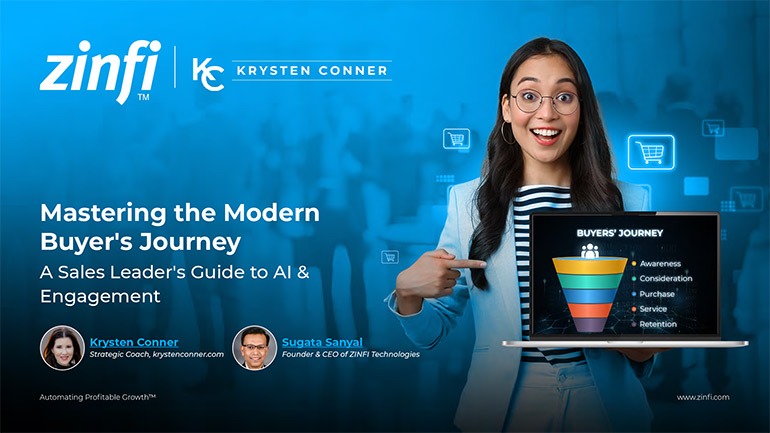 The Channel’s Shift to Partner-Led With AI Best Practices
The Channel’s Shift to Partner-Led With AI Best PracticesDownload for FREE
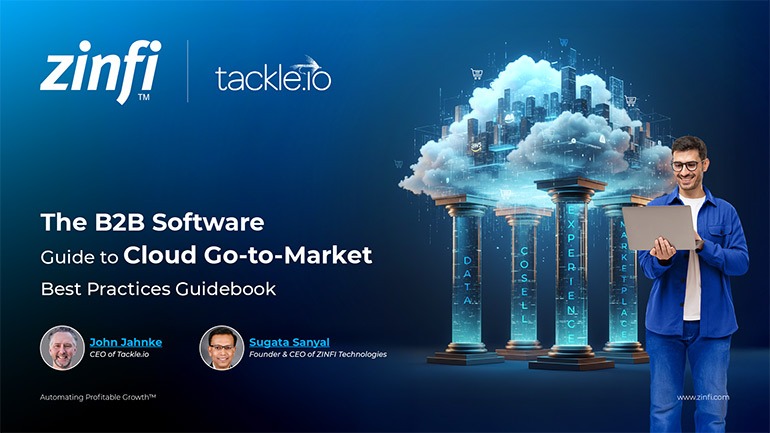 Hyperscalers, ISVs, and AI: Shaping the Future of B2B Software Distribution
Hyperscalers, ISVs, and AI: Shaping the Future of B2B Software DistributionDownload for FREE
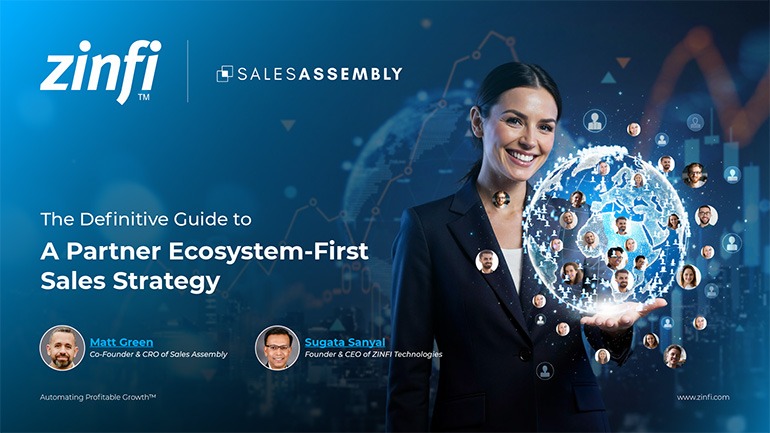 Definitive Guide to a Partner Ecosystem-First Sales Strategy
Definitive Guide to a Partner Ecosystem-First Sales StrategyDownload for FREE
 The Partner-Led Digital and AI Transformation Best Practices
The Partner-Led Digital and AI Transformation Best PracticesDownload for FREE
 Startup Talent Recruitment: Hiring Missionaries, Not Mercenaries
Startup Talent Recruitment: Hiring Missionaries, Not MercenariesDownload for FREE
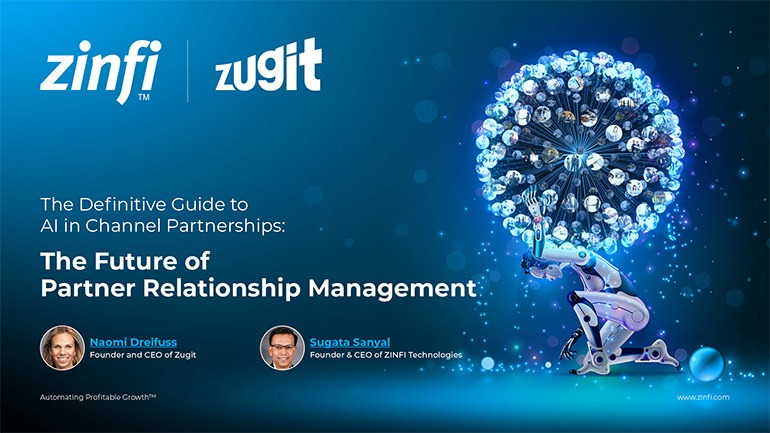 The Future of Partner Relationship Management with AI in Partnerships
The Future of Partner Relationship Management with AI in PartnershipsDownload for FREE
 Cybersecurity for the 99%: Strategies from the Frontline
Cybersecurity for the 99%: Strategies from the FrontlineDownload for FREE
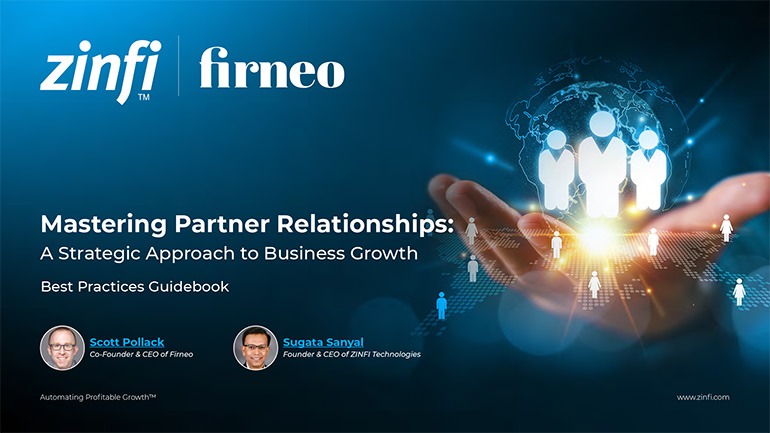 Mastering Partner Relationships: A Strategic Approach to Business Growth
Mastering Partner Relationships: A Strategic Approach to Business GrowthDownload for FREE
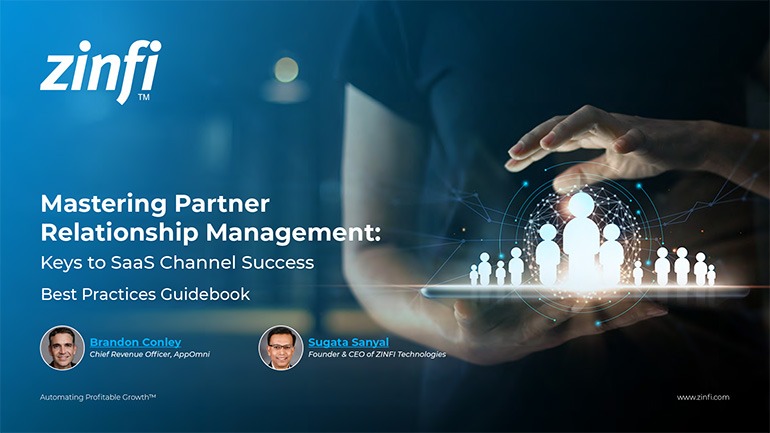 Mastering Partner Relationship Management: Keys to SaaS Channel Success
Mastering Partner Relationship Management: Keys to SaaS Channel SuccessDownload for FREE
 Navigating the AI Revolution: Guide for Partners in the Microsoft Ecosystem
Navigating the AI Revolution: Guide for Partners in the Microsoft EcosystemDownload for FREE
 Mastering the Modern Buyers Journey: Sales Leader’s Guide to AI & Engagement
Mastering the Modern Buyers Journey: Sales Leader’s Guide to AI & EngagementDownload for FREE










